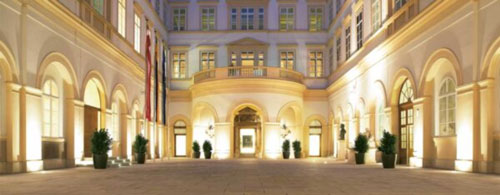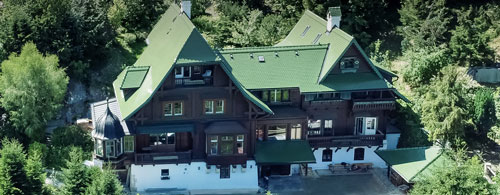
The history of Conference Center Laxenburg
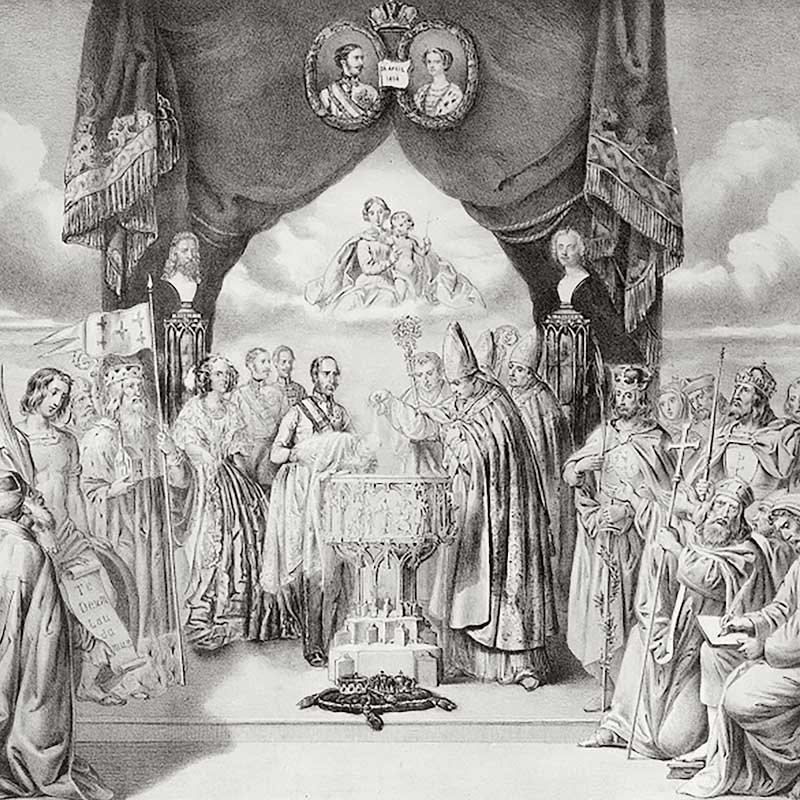
A Habsburg residence
The history of Conference Center Laxenburg is closely linked to the imperial court. For centuries, it was the most important residence of the Habsburgs apart from Schönbrunn Palace and Hofburg Palace.
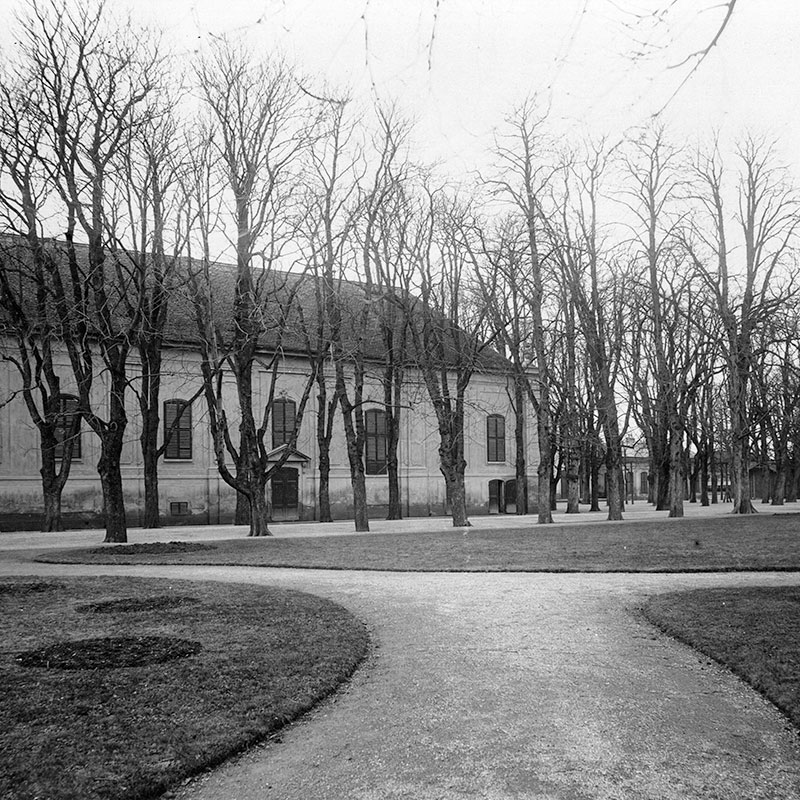
Castle theatre
Conference Center Laxenburg is the former castle theatre, where Maria Theresa and her court once took in theatre performances and enjoyed culinary delicacies.
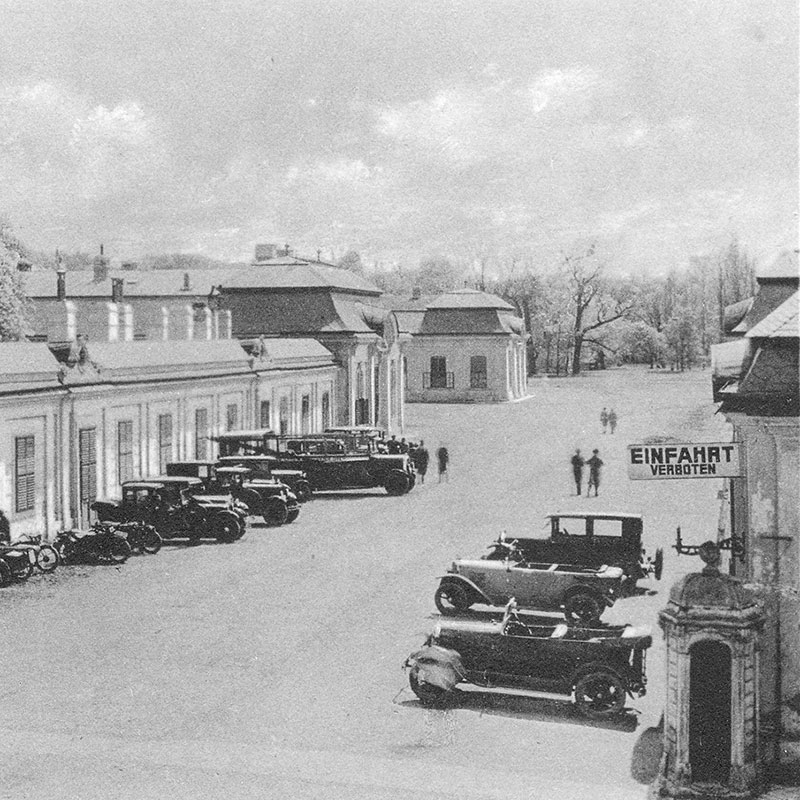
Anecdotes
Did you know that there was a straight connecting road from Laxenburg to Schönbrunn Palace that was often used daily by Empress Maria Theresa? This route was created because the empress often stayed in Laxenburg for weeks at a time and had to travel to Schönbrunn Palace for meetings.
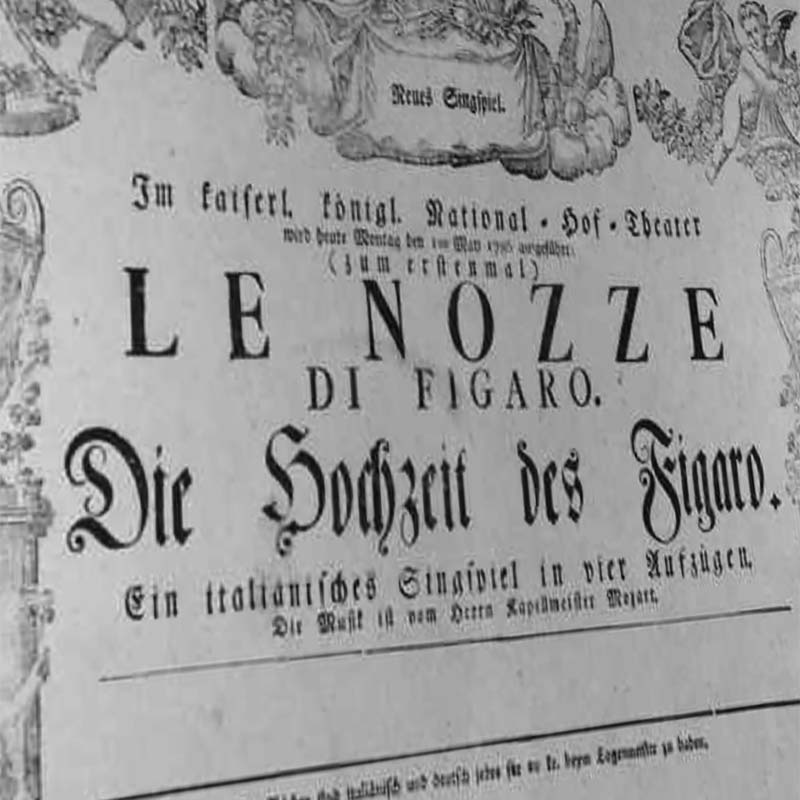
Le nozze di Figaro
A castle steeped in history
The history of Conference Center Laxenburg is closely linked to the imperial court, and this can still be felt on the premises to this day.
In the days of Maria Theresa, many people, from emperors to commoners, travelled to Laxenburg Castle on the outskirts of Vienna to take part in meetings or events – much to the empress’s delight. For centuries, it was the most important residence of the Habsburgs apart from Schönbrunn Palace and Hofburg Palace.
It was where the most respected generals conferred in the former reception rooms of the castle and the event spaces of today’s Conference Center Laxenburg – and where parts of Europe’s history were decided.
1753
The castle theatre and dining hall were built according to the plans of Nicolo Pacassi.
1756
The dining hall was located on the square of the former House of Sinzendorf, which became imperial property. The interior Ovaler Saal impresses guests with a ceiling fresco by Vinzenz Fischer. The walls are divided by architectural murals and show “Putti auf der Falkenjagd” (“Putti on a Falcon Hunt”).
1980
The Republic of Austria and the provinces of Vienna and Lower Austria transformed the theatre into a unique conference centre as part of the renovation of the dilapidated castle.
Anecdotes surrounding Laxenburg
The history of Conference Center Laxenburg is closely linked to the imperial court, and this can still be felt on the premises today. There are also a few tales related to Conference Center Laxenburg and the municipality of Laxenburg that are still remembered to this day. Laxenburg is a market town steeped in history, and its close connection to the imperial court was often displayed in the houses and palaces.
The Middle Ages and Laxenburg
The most extraordinary visitor of Laxenburg
The first imperial bathing facility
Laxenburg in the 15th century
The palace grounds as the largest market
Renouncing Spain
The castle where the walls have no ears
Construction of the new castle
The architect
The first commuter
There was a straight connecting road from Laxenburg to Schönbrunn, which was often used daily by none other than Her Majesty Empress Maria Theresa. The structural connection of the most important residences was created so quickly because Empress Maria Theresia liked to stay in Laxenburg for weeks and had to travel to Schönbrunn for meetings with the carriage. For example, meetings of the State Council were the reason for an imperial commuter trip. Later, Maria Theresa has gone over to hold audiences in Laxenburg. She gave her favorite audiences “en plein aire” – in the fresh air.
The Theatre of Laxenburg
Celebrate life’s special moments at our residences – and share them with the people who matter most.


